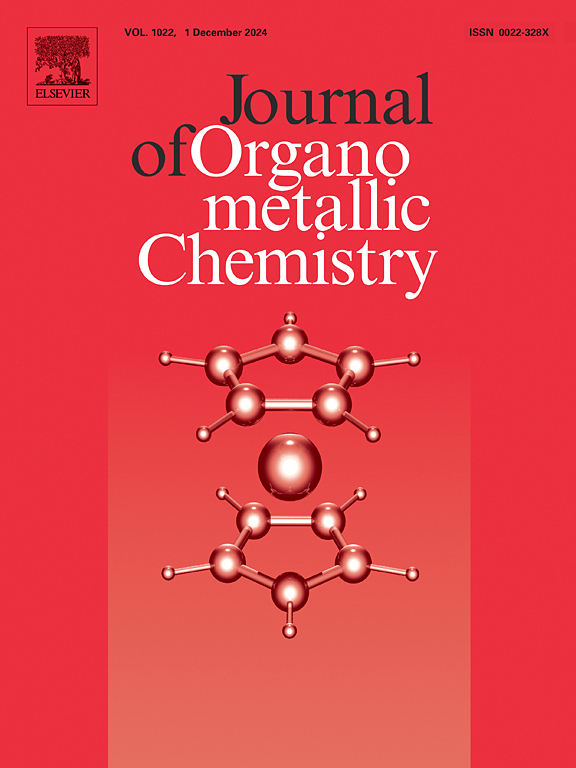综述了纤维状纳米二氧化硅(KCC-1)作为纳米催化剂在制备杂环骨架中的应用
IF 2.1
3区 化学
Q3 CHEMISTRY, INORGANIC & NUCLEAR
引用次数: 0
摘要
纤维纳米二氧化硅(KCC-1)由于其高表面积、纤维形态和增强的可及性而成为一种优越的纳米催化剂载体。其独特的结构特性使得开发高效、环保的金属基纳米催化剂成为合成生物关键杂环化合物的重要工具。传统上,杂环化合物的合成严重依赖于均相金属催化剂,如钯或铜盐,这些催化剂通常需要恶劣的条件和有毒的溶剂,并且难以回收或再利用。这些系统虽然有效,但存在一些缺点,包括催化剂失活、选择性有限、金属废物造成的环境问题以及操作成本高。目前的研究重点是利用kcc -1支持的金属纳米颗粒来实现绿色、经济、可扩展的方法,解决催化效率、选择性和可持续性方面的挑战。本文综述了KCC-1在杂环框架中应用的最新进展,并概述了开发高性能、可重复使用的催化系统以满足药物和有机合成需求的未来方向。本文章由计算机程序翻译,如有差异,请以英文原文为准。
A review of the application of fibrous nano-silica (KCC-1) as nanocatalysts in the preparation of heterocyclic ring frameworks
Fibrous nano-silica (KCC-1) has emerged as a superior nanocatalyst support due to its high surface area, fibrous morphology, and enhanced accessibility. Its unique structural properties enable the development of efficient, eco-friendly metal-based nanocatalysts, which are instrumental in synthesizing biologically critical heterocyclic compounds. Traditionally, the synthesis of heterocyclic compounds has relied heavily on homogeneous metal catalysts, such as palladium or copper salts, which often require harsh conditions and toxic solvents and are difficult to recover or reuse. These systems, while effective, suffer from several drawbacks, including catalyst deactivation, limited selectivity, environmental concerns due to metal waste, and high operational costs. Current research focuses on leveraging KCC-1-supported metal nanoparticles for green, cost-effective, and scalable methods, addressing catalytic efficiency, selectivity, and sustainability challenges. This review highlights recent advancements in KCC-1 applications for heterocyclic frameworks and outlines future directions in developing high-performance, reusable catalytic systems for pharmaceutical and organic synthesis demands.
求助全文
通过发布文献求助,成功后即可免费获取论文全文。
去求助
来源期刊

Journal of Organometallic Chemistry
化学-无机化学与核化学
CiteScore
4.40
自引率
8.70%
发文量
221
审稿时长
36 days
期刊介绍:
The Journal of Organometallic Chemistry targets original papers dealing with theoretical aspects, structural chemistry, synthesis, physical and chemical properties (including reaction mechanisms), and practical applications of organometallic compounds.
Organometallic compounds are defined as compounds that contain metal - carbon bonds. The term metal includes all alkali and alkaline earth metals, all transition metals and the lanthanides and actinides in the Periodic Table. Metalloids including the elements in Group 13 and the heavier members of the Groups 14 - 16 are also included. The term chemistry includes syntheses, characterizations and reaction chemistry of all such compounds. Research reports based on use of organometallic complexes in bioorganometallic chemistry, medicine, material sciences, homogeneous catalysis and energy conversion are also welcome.
The scope of the journal has been enlarged to encompass important research on organometallic complexes in bioorganometallic chemistry and material sciences, and of heavier main group elements in organometallic chemistry. The journal also publishes review articles, short communications and notes.
 求助内容:
求助内容: 应助结果提醒方式:
应助结果提醒方式:


